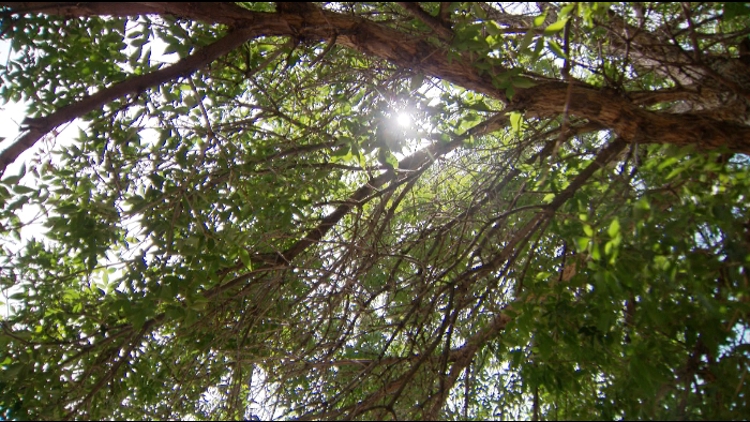
The Trump administration’s decision to slash funding for environmental justice grants has left local programs across the United States grappling with the fallout. These cuts are particularly impacting projects aimed at increasing greenery in urban “heat island” areas, where temperatures can soar due to the lack of vegetation.
The U.S. Environmental Protection Agency (EPA) announced the reduction in grants earlier this year, citing budget constraints. This move has sparked concern among environmental advocates and community organizations that rely on these funds to combat the effects of climate change in vulnerable neighborhoods.
Impact on Local Communities
Local organizations, which had been counting on these grants to implement tree-planting initiatives, now find themselves scrambling to secure alternative funding. In cities like New York and Los Angeles, where heat islands are prevalent, the absence of additional greenery could exacerbate already challenging living conditions for residents.
“These grants were crucial for our work,” said Dr. Sarah Johnson, director of a community-based environmental program in New York City. “Without them, we’re facing significant setbacks in our efforts to create more sustainable and livable urban environments.”
Background and Context
The concept of environmental justice emerged in the 1980s, focusing on the fair distribution of environmental benefits and burdens across all communities. The National Environmental Justice Advisory Council was established to address these disparities, advising the EPA on related issues.
Heat islands occur in urban areas where natural landscapes have been replaced with concrete and asphalt, which absorb and retain heat. These areas can be significantly warmer than surrounding rural regions, leading to increased energy consumption, elevated emissions of air pollutants, and adverse health effects.
According to the EPA, urban heat islands can be up to 7°F hotter during the day and 5°F hotter at night than their rural counterparts.
Expert Opinions and Reactions
Environmental experts warn that the reduction in funding could have long-term consequences. “The lack of investment in these communities could lead to heightened health risks and further environmental degradation,” noted Dr. Emily Carter, an environmental policy analyst.
Organizations like American Forests have been vocal about the need for sustained funding. “Trees are not just a luxury; they are a necessity for urban health and resilience,” said a spokesperson for the group.
Looking Ahead
As local programs seek alternative funding sources, some are turning to private donations and partnerships with businesses. However, these efforts may not fully compensate for the loss of federal support.
Meanwhile, the debate over environmental justice funding continues to be a contentious issue in Washington, with advocates urging lawmakers to prioritize these grants in future budgets.
The implications of these cuts are still unfolding, but one thing is clear: the communities most affected by climate change are also those least equipped to handle its impacts without adequate support.
In the coming months, organizations will need to adapt and innovate to continue their work in the absence of federal aid. As Dr. Johnson put it, “Our communities are resilient, but we need the resources to thrive, not just survive.”







